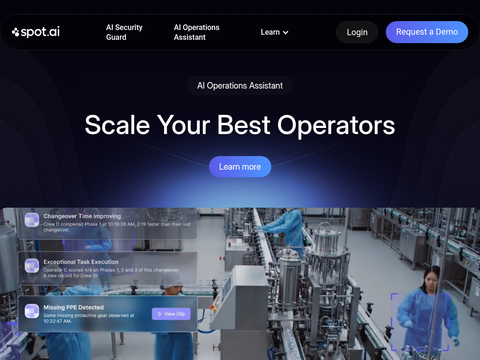PyTorch continues to lead the field of advanced machine learning frameworks, dedicated to meeting the growing demands of researchers, data scientists, and AI engineers worldwide. Recently, PyTorch 2.5 was officially released, aiming to address several key challenges faced by the machine learning community, with a focus on enhancing computational efficiency, reducing startup times, and improving performance scalability on emerging hardware.
In this release, PyTorch specifically targets bottleneck issues in transformer models and large language models (LLMs), consistently enhancing training and inference efficiency within GPU environments. These updates not only reinforce PyTorch's leadership in AI infrastructure but also deliver a more efficient and user-friendly experience for its users.
With PyTorch 2.5, the team has introduced several exciting new features to this widely adopted deep learning framework. Notably, the enhancements include a brand-new CuDNN backend for Scaled Dot-Product Attention (SDPA), the rollout of the region compilation feature torch.compile, and the introduction of the TorchInductor CPP backend.
The CuDNN backend stands out as a highlight of this update, optimized for high-end GPUs like NVIDIA's H100. It significantly enhances the performance of models utilizing Scaled Dot-Product Attention, such as transformer models. Users leveraging these advanced GPUs will benefit from reduced latency and increased throughput, thereby accelerating the training and inference speeds of large-scale models.
The torch.compile region compilation feature represents another crucial enhancement. It offers users a more modular method for compiling neural networks, enabling the compilation of smaller, repetitive components (such as transformer layers) individually rather than repeatedly recompiling the entire model. This innovation significantly shortens cold startup times and accelerates iteration speeds during the development process.
Furthermore, the TorchInductor CPP backend introduces several optimizations, including FP16 support and AOT-Inductor mode. When combined with the max-autotune feature, the TorchInductor CPP backend can deliver low-level performance enhancements during the execution of large-scale models on distributed hardware configurations, offering users more efficient computational pathways.
Key Reasons Why PyTorch 2.5 is a Significant Release:
Firstly, the introduction of the CuDNN backend addresses a major challenge users encountered when running transformer models on high-end hardware. Benchmark results demonstrate significant performance enhancements on H100 GPUs, with increased speeds when utilizing Scaled Dot-Product Attention, all achieved without requiring additional adjustments from users to take advantage of these accelerations.
Secondly, the torch.compile region compilation feature holds significant value for users working with large-scale models (such as language models). These models typically include numerous repetitive layers, and minimizing the time needed to compile and optimize these repetitive components leads to faster experimental cycles, allowing data scientists to iterate more efficiently on model architectures.
Finally, the introduction of the TorchInductor CPP backend marks PyTorch's transition towards offering a more optimized and lower-level experience for developers who demand maximum control over performance and resource allocation. This shift further extends PyTorch's usability across both research and production environments, catering to the needs of a wider range of users.
In summary, PyTorch 2.5 represents a significant advancement for the machine learning community. It not only meets high availability standards but also optimizes low-level performance. By addressing specific issues such as GPU efficiency, compilation latency, and overall computational speed, PyTorch 2.5 ensures its position as the preferred choice among machine learning practitioners. With a focus on SDPA optimization, region compilation, and the enhanced CPP backend, PyTorch 2.5 aims to provide faster and more efficient tools for those engaged in cutting-edge AI research. As machine learning models continue to grow in complexity, these updates are crucial for driving the next wave of innovation.








